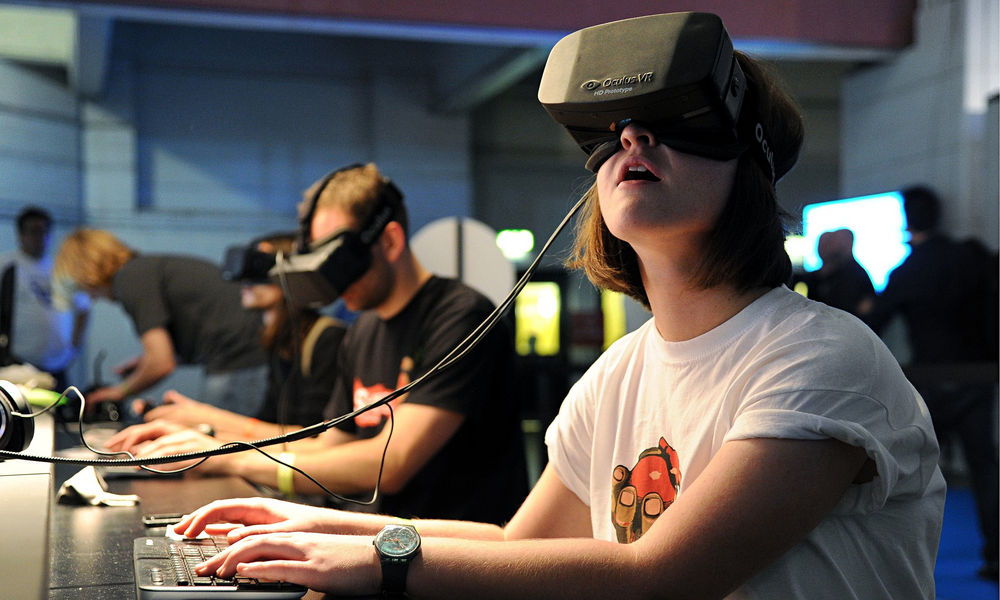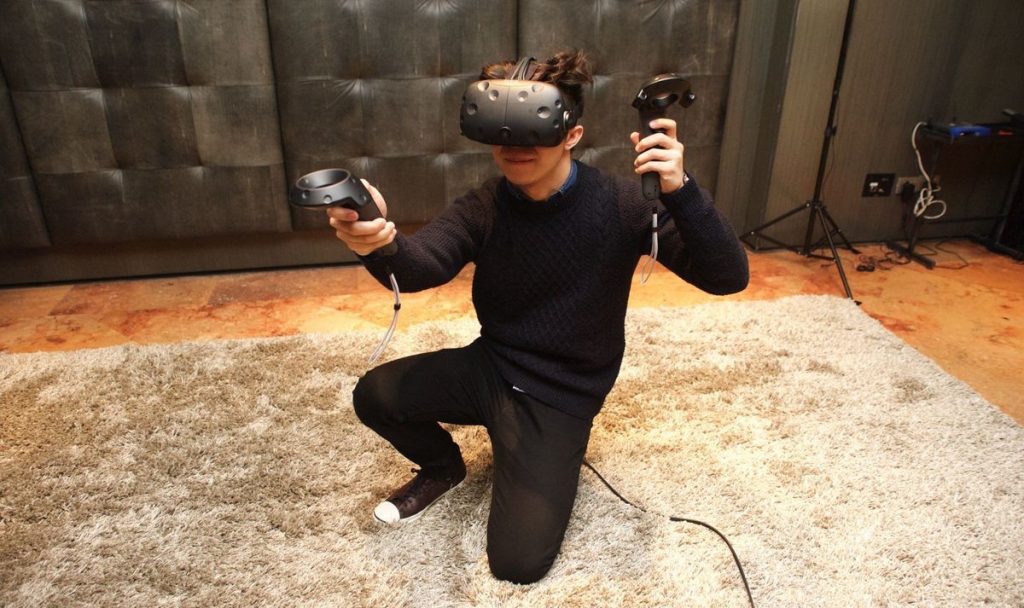Virtual Reality Headsets are Going to Rock Your Perspective
LifestyleTech July 1, 2024 Damon Mitchell

This time next year when we write the follow-up to this entry if we wait that long, we’ll have to really do our research. The virtual reality (VR) category may only be in its infancy today, but you can bet it will mature quickly. By 2017 we expect a VR explosion, but for now, we have only a few reputable options.
This is the day we all looked forward to when Lawnmower Man came out in 1992. At that time it seemed this technology was months away. Surely if they could create it on the big screen, it was soon to be appearing in a cerebrum near you.
The good news is that all that anticipation really carved out the market for these initial explorers.
The one thing all of these manufacturers have in common, other than trying to create virtual worlds, is they see the lifestyle potential beyond gaming. The initial money will come from creating cool games, but with the advent of augmented reality, VR may eventually replace the glasses we wear on our faces.
“Low rent” is a not a dig on this VR headset. In a move not precedented by any other technology, Google brings what could otherwise be a 1% only experience, down to Earth.
Making new technology accessible to all lifestyles is not usually the way things work. Case in point, before they were disposable, the first ballpoint pens were only for the wealthy. In this case, VR headsets are not cheap.
They’re not out of reach for most households which can afford gaming consoles, but for the average joe getting by with his smartphone, the Oculus Rift or HTC Vive may be a financial stretch.
Google Cardboard is made of materials even the homeless can afford: cardboard.
For less than $30, one can purchase a cardboard headset, either from Google or one of several other options that work with the Google VR app. All the headsets arrive complete with lenses to make your smartphone into a low rent VR device.
The Gear VR is Oculus Rift’s more affordable cousin. It was built in partnership with the Oculus team. Unlike Google’s Cardboard project, consistent with Samsung’s ancillary product rollouts, Gear VR only works with Samsung smartphones.
A little pricier than the Cardboard options, you can scoop up a Gear VR less than $100 ($79 on Ebay as of this writing).
For your money, you get a slightly better VR experience than Cardboard, with head tracking, but you are still only using the processor in your smartphone.
More advanced options, like the Oculus, connect you to a PC.
If Gear VR upgrades Cardboard to a higher quality immersion experience, then Daddy Oculus takes that experience to the next dimension.
Oculus needs to be connected to your PC to work, but for all that tethering you get a more powerful experience. Also, Oculus come with its own integrated headphones.
In the VR world, you can be a racecar driver, a bird or something imaginary. You’re gonna pay $600 and you’d better have a PC with the most up to date operating software, plus a powerful processor.
You don’t want to stall out mid-air in your VR experience because of slow processing.
Of the Vive, CNet says it’s the closest thing to having a holodeck in your home. If you don’t know what the Holodeck is, then you’re not a Star Trek fan, which won’t prevent you from appreciating Vive.
Where Oculus brings you to wonderful worlds, Vive brings those worlds to you, allowing you to interact with them. It makes your home into something else via a motion-tracking headset, two wireless motion controllers, and two laser-emitting boxes that scan your room.
Vive will have you walking all over your available space, warning you when you are close to objects integrating your warning with the virtual experience. You will see your legs walking, your hands reaching, all in 3D.
Oculus has plans to catch up soon, but if you don’t want to wait, plan on spending $800 for Vive. From a lifestyle perspective, expect the Vive may put a dent in your wallet and social life. You’re never leaving the house again.
Need more proof that things are about to blow in the VR world? Coming soon is the Sony Playstation VR, which will retail for half the Vive at around $400, but will integrate with your Playstation.
The Fove VR is also not out yet, but when it retails (prospectively for $500), the Fove promises to track not just your head but your eye movement.
Goodbye, outside reality. Hello, virtual reality.
On the less dramatic side, virtual reality promises to take us to unimaginable places without stepping outside our homes. For the majority of folks who are scared to leave their town, this could be an avenue to experience the world, maybe through another’s eyes. We could make empathetic jumps via virtual reality that we would have never achieved through real reality.






